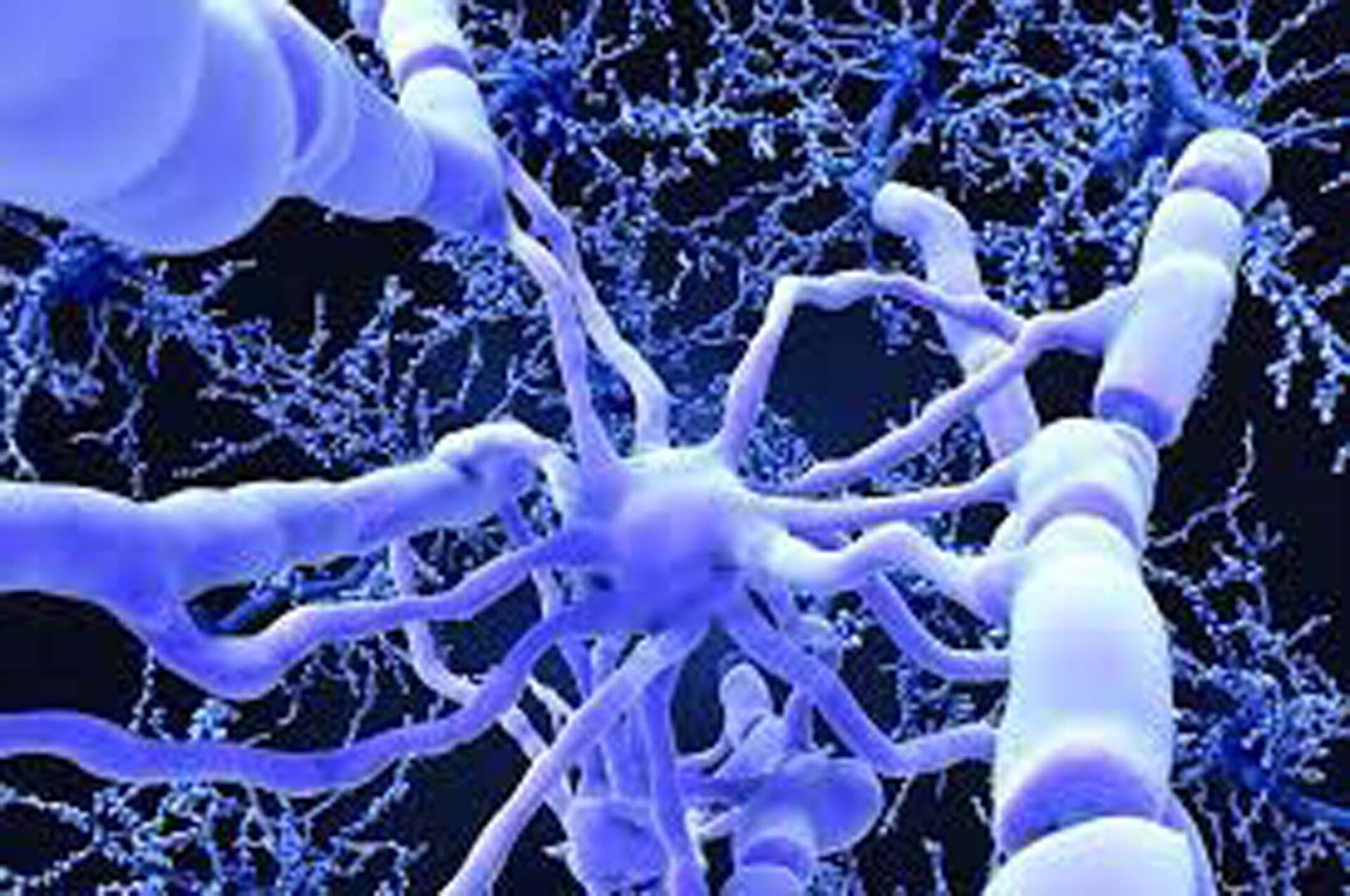New remyelinizing compounds for the unmade challenge in multiple sclerosis
Instituto Cajal – Noticias

Today, December 18, we celebrate in Spain the National Multiple Sclerosis Day, the main chronic and severely disabling neurological disease that affects young adults. In our country there are about 70,000 patients of approx. 3 million patients diagnosed with this disease worldwide. Dr. Fernando de Castro’s group at the Instituto Cajal-CSIC has recently seen two research papers on remyelinating compounds accepted for publication. It is a great achievement, taking into account that remyelination (the formation of new oligodendrocytes and myelin that replace previous damage) is the real challenge today for the disease and one of the hottest challenges for modern Neurology. Although there are almost 20 treatments approved to specifically treat multiple sclerosis, none of them promote these reparative aspects related to the neurodegenerative component of the disease: all existing treatments, today, only address the (auto)immune aspect of the disease. the illness.
The first recent study (Benítez-Fernández et al., In Press) shows remyelination by blocking LRKK2 with a drug developed by Drs. Ana Martínez (CIBMS-CSIC) and Valle Palomo (IMDEA Nanociencia), and has been accepted by the journal CNS Neuroscience and Therapeutics (D1/Q1).
The second article (Fernández-Gómez et al., In Press) is a study that shows that the drug ApTOLL®, developed by the company AptaTargets and currently in phase III clinical trial for stroke, has a promising remyelinating and neuroprotective effect through TLR4. This work has been accepted in the British Journal of Pharmacology (D1/Q1).
It has been exactly 10 years since Dr. de Castro’s group published its first work related to a new (re)myelinating treatment (Medina-Rodríguez et al., 2013) who always emphasizes the need to carry out the most solid preclinical studies to avoid fiascos. in clinical trials, such as those recently published by a well-known pharmaceutical multinational. It should be noted that, although the treatment of multiple sclerosis is the neurological disease that has the highest cost per patient and year (between €25,000 and €70,000/year[1], much higher than glioblastomas, stroke -about €20,000/year, on average – and dementias) in our societies, the budget allocated specifically to the study of remyelination and the development of new remyelinating drugs in Spain is tiny if we compare with those figures. Fernando de Castro also emphasizes the difficulty of maintaining properly trained laboratory personnel, which makes it difficult to successfully address lines of research that would represent solid humanized models for the study of multiple sclerosis and that would also have an impact. direct in rare demyelinating diseases, such as the devastating leukodystrophies, which lack any treatment today. These types of studies, together with others of the recently published style, are those that make up the National Biomedicine Plan project of the Spanish Agencia Estatal de Investigación[2] that has just been launched by Dr. de Castro’s group at the Instituto Cajal-CSIC.
REFERENCES:
- Benítez-Fernández^ R, Josa-Prado^ R, Sánchez E, Laó Y, García-Rubia A, Cumella J, Martínez A, Palomo* V, & de Castro* F. (In Press). Efficacy of a benzothiazole-based LRRK2 inhibitor in Oligodendrocyte Precursor Cells and in a murine model of Multiple Sclerosis. CNS Neurosci. Therap., En Prensa (CNS14552).
- Fernández-Gómez B., Marchena MA, Piñeiro D, Laó Y, Valencia G, Nocera S, Benítez-Fernández R, Gómez-Martín P, Castaño-León AM, Lagares A, Hernández-Jiménez M, & de Castro F. (In Press) Supporting central nervous system neuroprotection and remyelination by specific TLR4 antagonism. Br. J. Pharmacol., En Prensa (2023-BJP-0684-Rp.RP2; preprint publicado en bioRXiv doi: https://doi.org/10.1101/2023.01.22.524916 ).
- Medina-Rodríguez EM, Arenzana FJ, Pastor J, Redondo M, Palomo V, García de Sola R, Gil C, Martínez A, Bribián* A, & de Castro* F. (2013) Inhibition of endogenous phosphodiesterase 7 promotes oligodendrocyte precursor differentiation and survival. Mol. Life Sci. 70, 3449-3462. (https://doi.org/0.1007/s00018-013-1340-2 ).
[1] https://esclerosismultiple.com/cuanto-cuesta-tener-esclerosis-multiple/
[2] https://www.aei.gob.es/areas-tematicas/areas-tematicas
